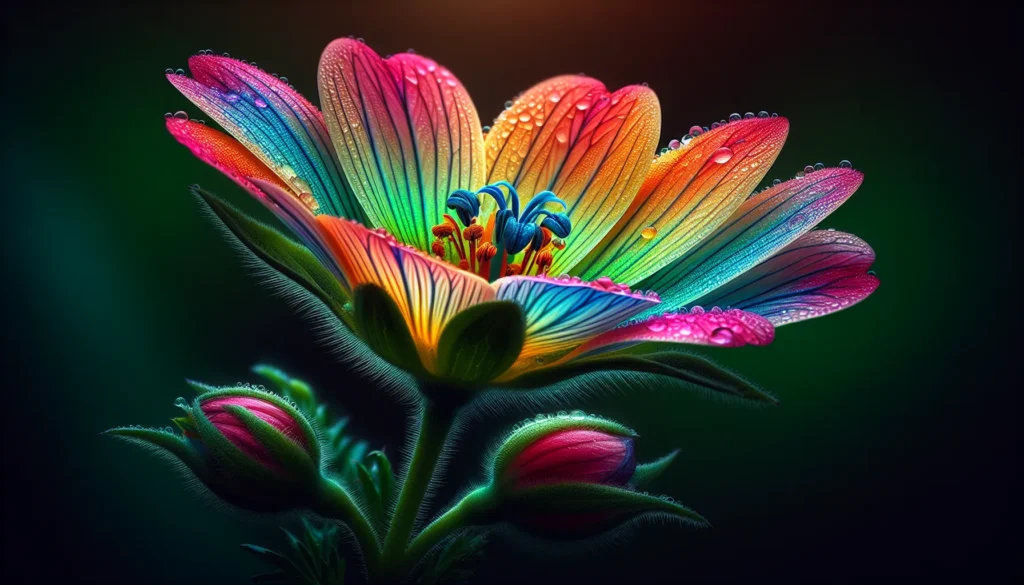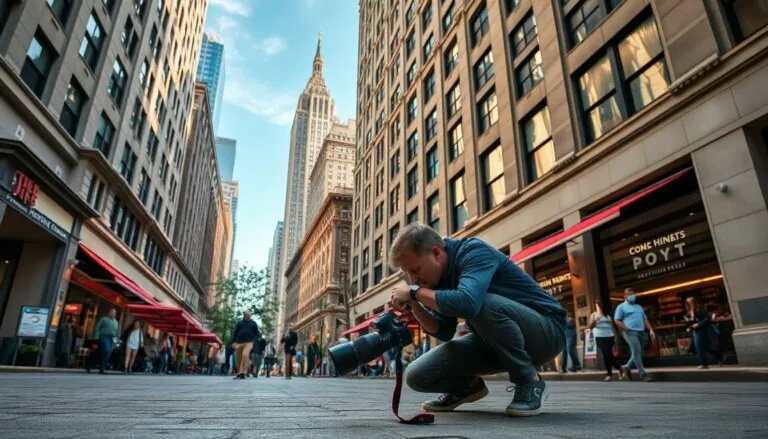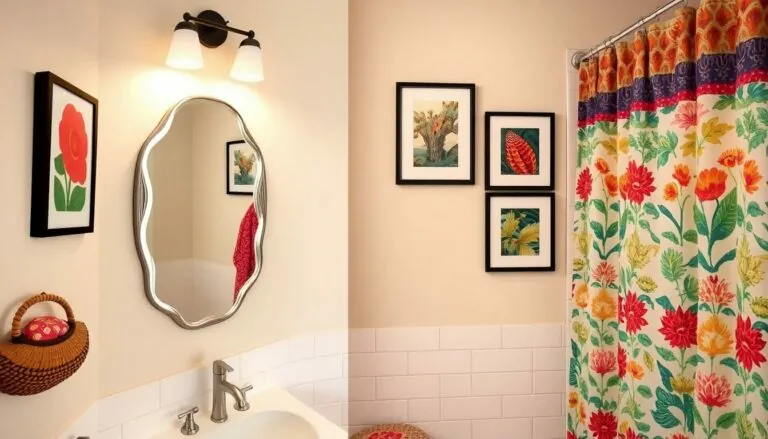Table of Contents
ToggleImagine peering into a world where flowers transform into vibrant landscapes, each petal a canvas of intricate details waiting to be discovered. Macro flower photography invites you to step closer and uncover the stunning beauty that often goes unnoticed. It’s like finding a hidden treasure in your own backyard, where every bloom tells its own story.
Armed with just a camera and a bit of curiosity, anyone can capture these mesmerizing moments. Whether you’re a seasoned pro or just starting out, macro photography opens up a realm of creativity that’s both rewarding and fun. So grab your gear and prepare to dive into the enchanting world of macro flower photography, where the ordinary becomes extraordinary and every shot is a chance to marvel at nature’s artistry.
Overview of Macro Flower Photography
Macro flower photography captures detailed images of flowers, revealing their hidden intricacies. Photographers focus on small subjects, bringing out textures and colors that remain unnoticed. Specialized lenses, such as macro or close-up lenses, enhance the ability to zoom in closely on each bloom.
Lighting plays a crucial role in macro photography. Natural sunlight provides soft illumination, while diffused artificial light prevents harsh shadows. Proper exposure adjustments allow vibrant hues to appear more striking in images.
A shallow depth of field emphasizes the flower’s details against a blurred background. Selective focus draws viewers’ attention to specific petals or stamens, enhancing visual interest. Using a tripod stabilizes the camera, minimizing blur and vibrations during shoots.
When photographing flowers, consider composition techniques. Leading lines guide the viewer’s eye toward the focal point. The rule of thirds creates balance, allowing for a more engaging image.
Editing software brings additional enhancements to macro flower photographs. Adjusting contrast and saturation can elevate the final image. Cropping can also improve composition and focus on significant details.
Patience is essential in macro photography. Waiting for the right moment, such as when a flower opens or dew drops glisten, can yield stunning results. Experimenting with angles and perspectives reveals unique views that captivate audiences.
This art form enables photographers to appreciate the beauty of blossoms intimately. By exploring the world of macro flower photography, individuals uncover nature’s astonishing artistry that often remains unseen.
Equipment Needed for Macro Flower Photography
Macro flower photography requires specific equipment to capture intricate details effectively. Choosing the right gear significantly enhances the photography experience.
Camera Selection
Selecting a camera with manual settings allows full control over exposure and focus. DSLR and mirrorless cameras are popular choices because of their versatility and image quality. The sensor size impacts depth of field and overall clarity. Full-frame sensors provide superior resolution, making them ideal for macro work. Compact cameras also work, but they typically have limitations in lens selection and manual control.
Lens Options
Picking the right lens is crucial for macro photography. Macro lenses with a 1:1 magnification ratio capture detailed images at close range. Lenses ranging from 60mm to 105mm are common choices, providing excellent focus and perspective. Extension tubes can increase the effective focal length while maintaining sharpness. Additionally, reversed lenses offer an alternative for creative shots at minimal costs.
Additional Accessories
Accessories enhance the macro photography experience, improving image quality and flexibility. Tripods stabilize the camera during close-up shots, reducing shake and blur. Macro lights provide even illumination, minimizing harsh shadows and enhancing details. A remote shutter release prevents camera shake when capturing images. Utilizing reflectors can bounce light onto the subject, brightening darker areas. Finally, carrying a field guide aids in identifying flowers for shooting opportunities.
Techniques for Capturing Stunning Macro Flower Images
Effective macro flower photography relies on specific techniques to capture the beauty and intricacies of blooms. Focusing accurately is essential. Use manual focus for greater control, allowing the photographer to emphasize particular flower details. Experiment with different focal points to highlight textures and colors. Utilize focus stacking to combine multiple images for greater depth.
Composition enhances visual appeal. Incorporate the rule of thirds to place flowers off-center, creating a more engaging image. Diagonal lines guide the viewer’s eye towards the focal point. Look for complementary backgrounds to make flowers stand out, avoiding distractions. Layers can add depth, so consider capturing blooms at various heights.
Natural light plays a significant role in macro photography. Position subjects in soft sunlight, ideally during the golden hour for warm tones. Overcast days provide diffused light, reducing harsh shadows. Experiment with reflectors to bounce light onto flowers, enhancing their colors. Adjust the distance from the light source to achieve desired effects, revealing intricate details beautifully.
Post-Processing in Macro Flower Photography
Post-processing plays a vital role in enhancing macro flower photography, allowing photographers to refine details and amplify colors. Utilizing the right editing software significantly contributes to producing stunning images.
Editing Software Recommendations
Adobe Lightroom stands out as a popular choice for photographers, offering powerful features for color correction and exposure adjustments. Capture One provides advanced color grading options, appealing to those who prioritize precision in their edits. For quick adjustments, Snapseed serves well on mobile devices, featuring user-friendly tools for on-the-go editing. Affinity Photo represents a solid alternative to Adobe products, facilitating comprehensive editing with a one-time purchase. Each software has unique strengths, catering to various editing styles and preferences.
Common Editing Techniques
Adjusting exposure helps correct any lighting inconsistencies, ensuring images appear vibrant. Increasing contrast accentuates details, bringing out textures that are often hidden. Saturation enhancements make colors pop, especially in flower photography, where vivid hues draw attention. Cropping eliminates distractions while allowing photographers to highlight key elements within the frame. Noise reduction helps create a cleaner image, particularly useful in low-light conditions. Applying sharpening techniques enhances fine details, allowing the intricate patterns of petals and stamens to shine.
Macro flower photography opens up a new realm of creativity and appreciation for nature. By focusing on the minute details of flowers photographers can reveal stunning aspects that often go unnoticed. With the right equipment techniques and a bit of patience anyone can capture extraordinary images that celebrate the beauty of blooms.
Embracing this art form not only enhances one’s skills but also deepens the connection with the natural world. Whether it’s through careful composition or thoughtful post-processing the journey of macro photography transforms simple flowers into captivating works of art. So pick up that camera and start exploring the intricate beauty that awaits.






